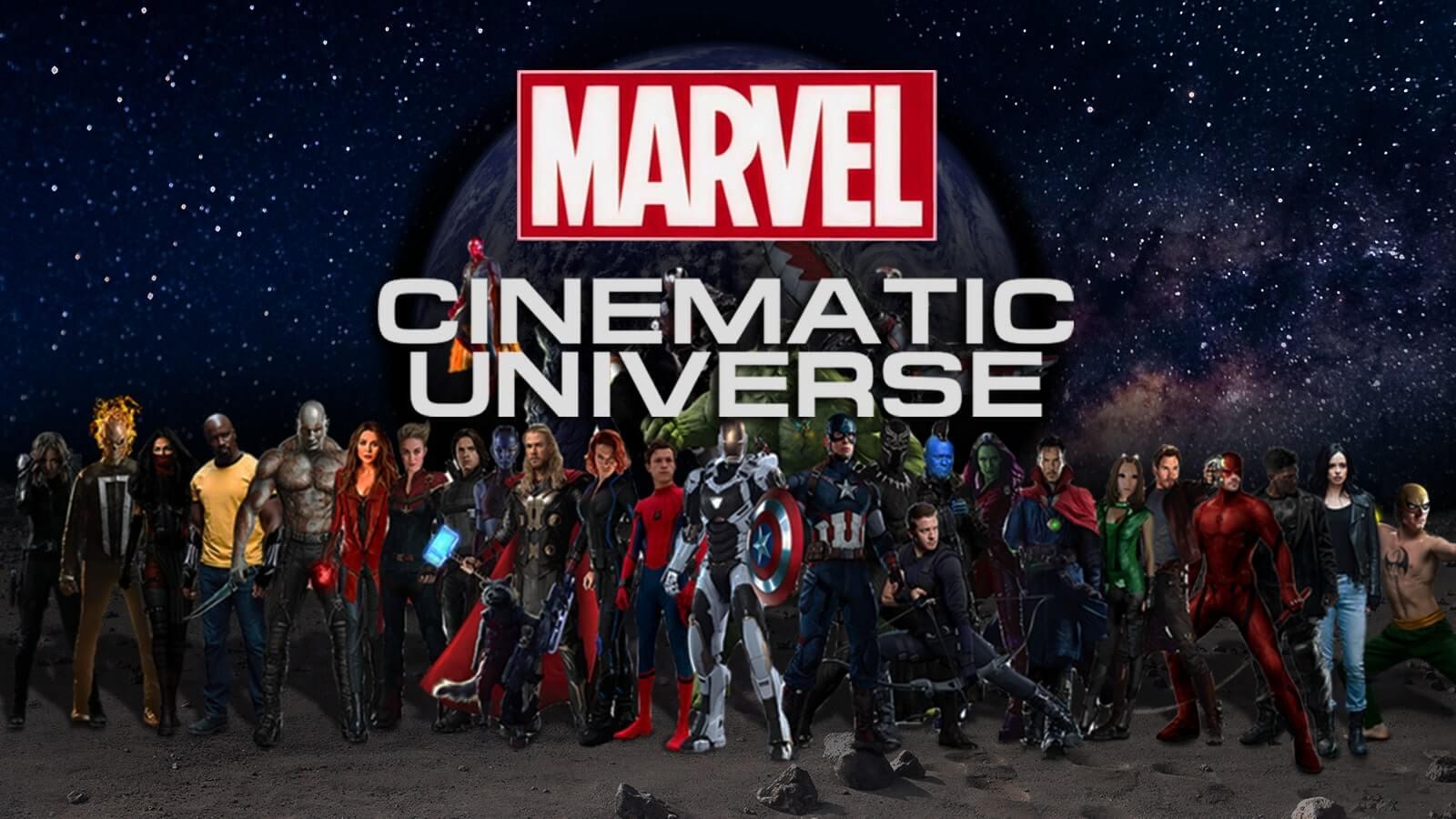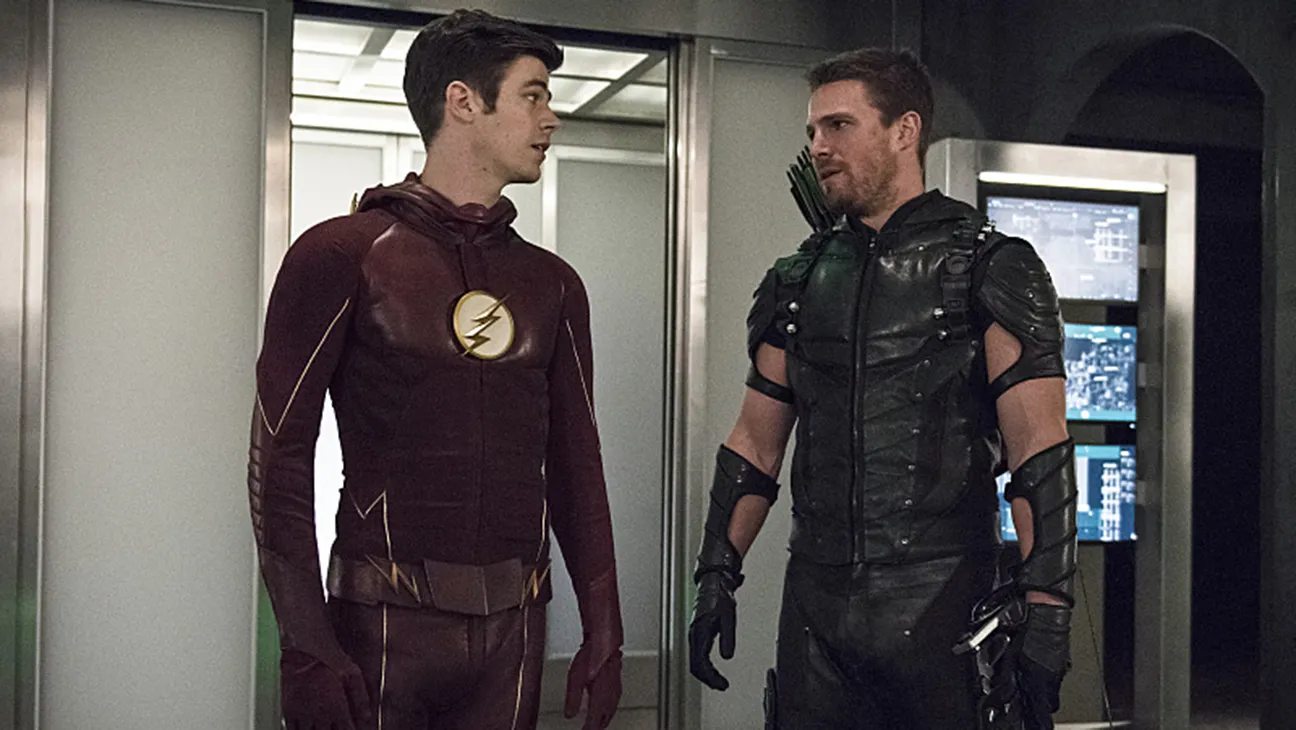TV Show Crossovers and Shared Universes: Exploring Connections Between Different Series
In recent years, TV show crossovers and shared universes have become a popular trend, captivating audiences by connecting different series in ways that extend the narratives of beloved characters and storylines. These interconnected universes often include crossovers where characters from different shows interact or references are made to other series. Whether it’s through the creation of an overarching storyline or just a brief appearance, these crossovers create exciting opportunities for fans to see their favorite characters interact. In this article, we’ll explore the rise of TV show crossovers and shared universes, the benefits they bring to storytelling, and some memorable examples.

The Appeal of Crossovers and Shared Universes
Expanding the World of Television
Crossovers and shared universes are a great way to expand the world of television. By connecting different shows, networks or streaming platforms create a bigger narrative landscape. This enables fans to experience new dynamics between characters and explore different facets of a shared world. These connections add layers to the overall story, making the universe feel more alive and interconnected.
The appeal lies in the idea that the worlds of different shows are not separate entities but part of a larger, cohesive universe. For example, in the Marvel Cinematic Universe (MCU), characters like Iron Man, Spider-Man, and Captain America coexist in the same world, allowing fans to see how their stories intertwine in multiple ways. Similarly, TV show crossovers open up opportunities for familiar characters to cross paths and for new storylines to develop, offering a deeper connection to the universe they inhabit.
Building Fan Loyalty and Excitement
Crossovers often create a sense of anticipation and excitement for audiences. When a familiar character from one series makes an appearance in another, it’s a moment of delight for fans, who get to experience an unexpected blend of storylines and characters. These crossovers generate buzz and conversations within fan communities, boosting the popularity of the shows involved.
For example, the Arrowverse (the shared universe of DC Comics TV shows like Arrow, The Flash, Supergirl, and Legends of Tomorrow) built excitement by having characters from different shows team up for special events like Crisis on Infinite Earths. Fans eagerly anticipated these crossover events, knowing they would feature appearances from their favorite characters, strengthening their attachment to the overall universe.
Memorable TV Show Crossovers and Shared Universes
The Arrowverse: DC Comics TV Universe
The Arrowverse is one of the most successful examples of a shared TV universe. Created by The CW network, it began with Arrow and expanded to include The Flash, Supergirl, Legends of Tomorrow, and Batwoman. Each of these shows exists within the same universe, with characters often crossing over into one another’s storylines.
One of the most iconic events within the Arrowverse was Crisis on Infinite Earths, a crossover event that brought together not only the main Arrowverse characters but also characters from other DC shows like Smallville, Batman (in the form of a Bruce Wayne cameo), and The Flash (the one from the 1990s TV series). These crossover events were a huge success and solidified the Arrowverse as a strong example of how a shared TV universe can engage viewers.
The Marvel Netflix Series
Before Disney+ took the lead in creating its own massive shared universe, Marvel’s Netflix series made a valiant effort in the realm of crossovers. Shows like Daredevil, Jessica Jones, Luke Cage, and The Punisher were all set in the same universe, often referencing each other’s events and characters. The crossover event The Defenders brought together these heroes to face a common enemy, culminating in a team-up that thrilled fans of the individual shows.
Though the Marvel Netflix series were canceled, their impact on TV crossovers cannot be understated. The interconnectedness of the shows and their focus on street-level crime gave fans a unique perspective on the larger Marvel Universe.
The Simpsons and Futurama Crossover
Another memorable crossover occurred between The Simpsons and Futurama. In the episode titled "Simpsorama," characters from the animated series Futurama cross into *The Simpsons' *world, creating a humorous blend of two distinct animated universes. This crossover was a treat for fans of both shows, showcasing how the futuristic and satirical world of Futurama could integrate into the quirky, often absurd universe of The Simpsons.
It’s a perfect example of how crossovers don’t have to be tied to one specific genre or narrative; instead, they can be used to play with the dynamics between different worlds and types of humor. Fans of both shows enjoyed the unexpected interaction between the characters, blending two iconic animated worlds into one fun, chaotic adventure.
The Role of Crossovers in Storytelling and Character Development
Enhancing Character Arcs
Crossovers offer a unique opportunity for character development. When characters from different shows interact, it allows for new dynamics and challenges that wouldn’t exist in their own series. For example, in The Flash, when Barry Allen meets characters from Arrow, his relationship with Oliver Queen helps him mature as both a hero and a person. These crossovers provide an arena where characters are forced to work together, overcoming challenges that test their skills and personalities.
These interactions also provide a chance for characters to grow beyond their original storylines. In the MCU, for instance, Thor: Ragnarok helped to explore the more humorous side of Thor’s character, which carried over into future films. The crossovers between characters of different backgrounds and personalities often reveal new aspects of their nature, making them more relatable to the audience.

Expanding Plotlines
A shared universe or crossover event can also provide the necessary space to explore more intricate or expansive storylines. By integrating characters from different shows, the story can cover more ground and delve into new ideas or conflicts. For instance, in Crisis on Infinite Earths, multiple versions of characters were introduced, expanding the scope of the story and providing opportunities for new adventures.
In shows like Supernatural, crossovers with other supernatural TV series or even with fan-favorite characters allow the show to explore different narrative arcs that would otherwise be impossible in the confines of a single show. These shared events allow for creative freedom in storytelling.
The Future of TV Show Crossovers and Shared Universes
The Rise of Streaming Platforms and New Crossovers
As streaming platforms like Netflix, Amazon Prime, and Disney+ continue to dominate the entertainment industry, we can expect more crossovers and shared universes in the future. Shows like The Mandalorian and WandaVision already demonstrate the power of interconnected stories within the Disney+ universe. Disney’s ongoing success in creating a massive shared universe with its Marvel properties indicates that crossovers will remain a central part of TV storytelling in the years to come.
Crossovers Beyond Superheroes
While superhero universes are the most well-known examples of shared universes, the concept is slowly spreading to other genres. TV shows like Doctor Who have experimented with crossover events with other shows, and future plans for interwoven stories across various genres seem inevitable. There is even potential for crossovers between entirely different formats—like reality TV, documentaries, and scripted dramas—as content creation continues to evolve.
Conclusion: The Power of Connection in Television
TV show crossovers and shared universes provide a fascinating way for storytelling to evolve. By connecting different series, these crossovers not only enrich the narratives of individual shows but also create a sense of unity and excitement for audiences. Whether it's through superhero team-ups or unexpected crossovers between animated worlds, the growing trend of interconnected television is one that keeps fans engaged, eager to see how their favorite characters will interact next.
As television continues to explore new ways of telling stories, we can expect even more creative crossovers that push the boundaries of what’s possible, giving us new ways to experience beloved universes in unexpected ways.












